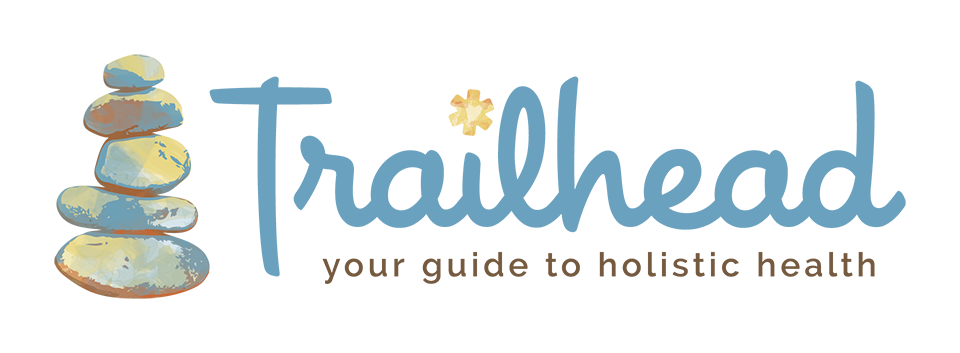How many of you have heard the acronyms, “RICE,” or “PRICE,” regarding treatment of an injury? These historical acronyms stand for, (Protect), Rest, Ice, Compress, and Elevate, and have been the initial treatment recommendations for years for acute (~less than 48 hours) injuries to muscles and other body tissues. Examples of injuries treated with this method include ankle, or other, sprains, muscle pulls/strains, and minor bone damage.
Recently the British Journal of Sports Medicine suggested in a blog post a new acronym that is a little more encompassing and takes an active treatment approach when it comes to acute rehab of injuries. They suggest it is time to ditch the RICE and start spreading the PEACE and LOVE.
PEACE - first 2-3 days following an injury
P - protect: avoiding further injury or damage is critical to allow for healing.
E - elevate: although only moderately supported, elevation can help limit swelling with the trick being to elevate the affected area above the level of the heart.
A - avoid: the BJSM suggests that avoiding anti-inflammatory medications can help with the healing process as inflammatory mechanisms are a key component of healing.
C - compress: compression is important for stimulation of your nervous system and to help limit the amount of swelling that occurs.
E - educate: it is important for people with soft tissue injuries to understand the underlying mechanisms of their injury, that they WILL get better, and that there are things you can do to help the process.
LOVE - treatment regime after the first few days of healing have taken place
L - load: following initial rest, it is important to lightly stress and load tissues without aggravating them to promote healing and tissue rebuilding.
O - optimism: stay postive! There is a HUGE relationship between a positive mindset and a positive outcome. The same can be said for a negative mindset and a negative outcome...
V - vascularisation: getting general exercise as tolerated helps with pain relief, helps increase blood flow to the injured area to promote healing, and is a general mood booster.
E - exercise: a condition-specific exercise program (i.e. see an exercise specialist) is indicated to optimize healing, return you to pre-injury status, and prevent risk of long term complications.
The big take away is that it is important to actively address your issue! Following an initial brief rest period, don’t sit around and wait for things to fix themselves - in many cases this leads to a prolonged recovery and further issues down the road. If you have any questions or concerns regarding injuries you’ve had, don’t be afraid to reach out to us!
Source: https://blogs.bmj.com/bjsm/2019/04/26/soft-tissue-injuries-simply-need-peace-love/


